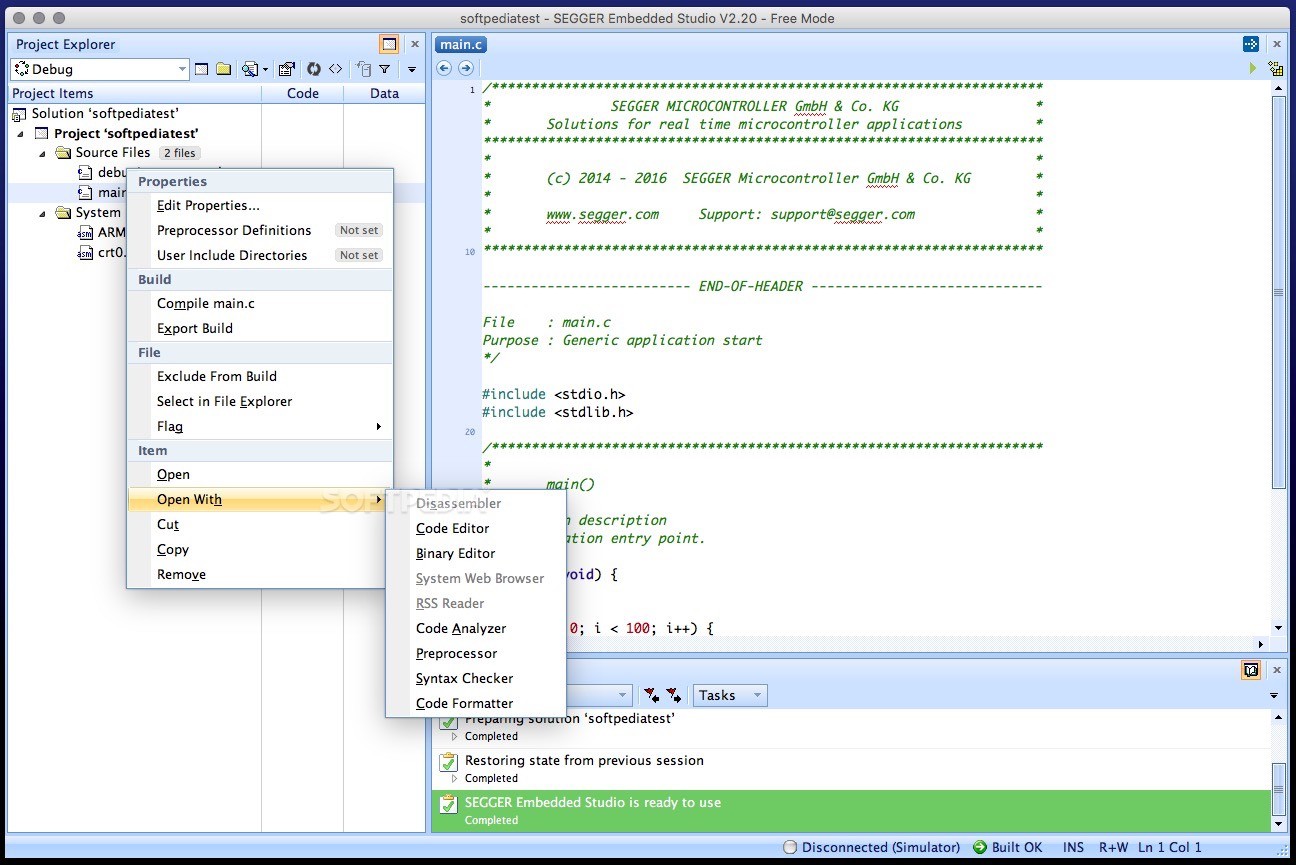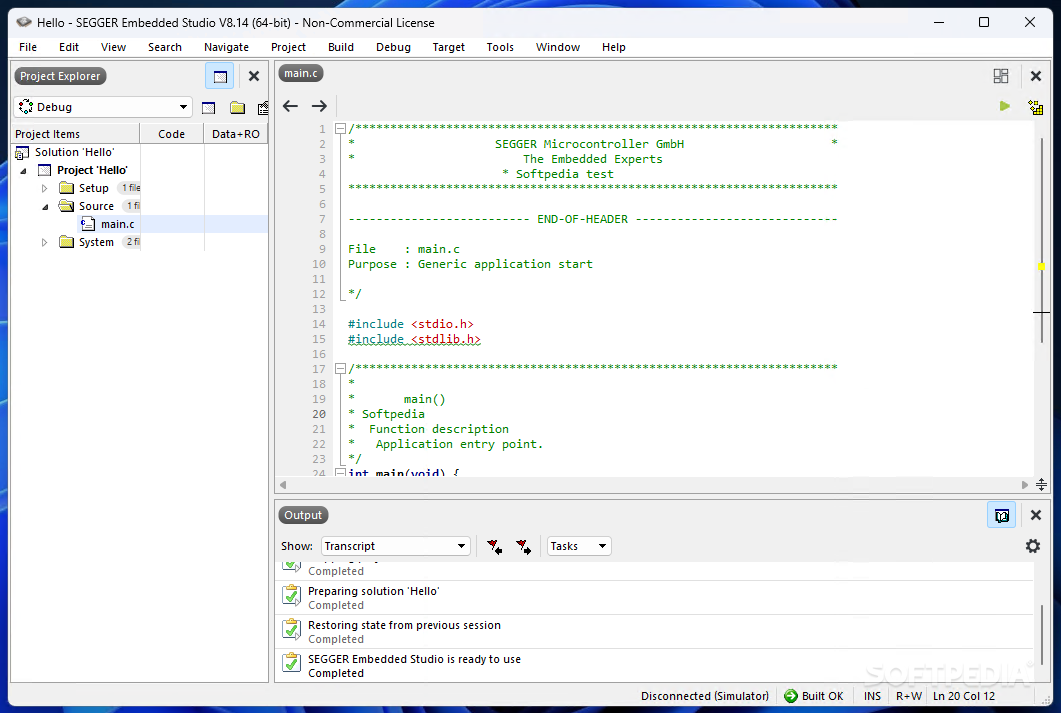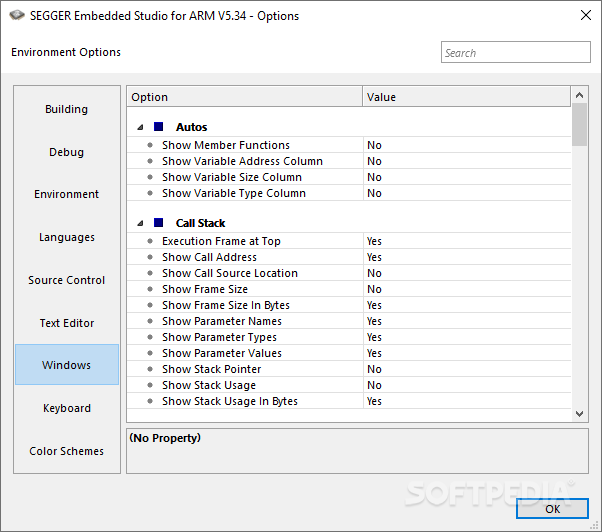

- #Download segger embedded studio how to
- #Download segger embedded studio install
- #Download segger embedded studio code
- #Download segger embedded studio license

The steps below are pretty much identical for the three operating systems with minor differences. Let’s go through the steps for setting up SES for nRF development on the different operating systems (Windows, macOS, and Linux).
#Download segger embedded studio code
It integrates analysis tools for memory use, static code analysis and more.There are no restrictions on code size and compiler optimization.It provides cross-platform support: runs on Windows, Linux, and macOS.It has integrated GCC C/C++ and Clang/LLVM compilers.It provides a turnkey solution for development on the nRF52 series platform with seamless integration for on-target (on the device) debugging using J-Link.

It compares to other professional IDEs in the space including ARM Keil and IAR (LINKs). Segger Embedded Studio (SES) is a professional cross-platform IDE for ARM Core microcontrollers. Segger is a well-known company in the embedded space that provides software, hardware, and development tools for embedded systems.
#Download segger embedded studio how to
#Download segger embedded studio install
#Download segger embedded studio license
Best of all, Nordic and Segger had recently announced a partnership where nRF developers can get a FREE commercial license to use SES without limitations! You can read more about the partnership announcement here. SES is a professional cross-platform IDE for ARM Core microcontrollers, including the nRF5x series chipsets from Nordic Semiconductor. I started searching for a better, more sustainable solution and I stumbled upon Segger Embedded Studio (SES). Not to mention, the setup was different for each of the three main operating systems (Windows, macOS, and Linux). Even then, it wouldn’t work quite as well as I would like it to. Unfortunately, the setup was quite lengthy and involved many changes to make it work, especially with on-target debugging. I had been using NetBeans for over a decade, so I was very comfortable with customizing and modifying the different settings and configurations to make it work.

The beauty with NetBeans is that it’s cross-platform and customizable to fit your needs. In a previous blog post ( The complete nRF Mac development tutorial), I went over how to set up your nRF development environment using the NetBeans IDE on a Mac.


 0 kommentar(er)
0 kommentar(er)
